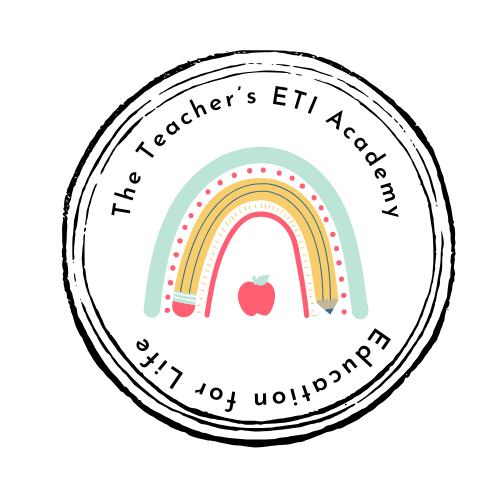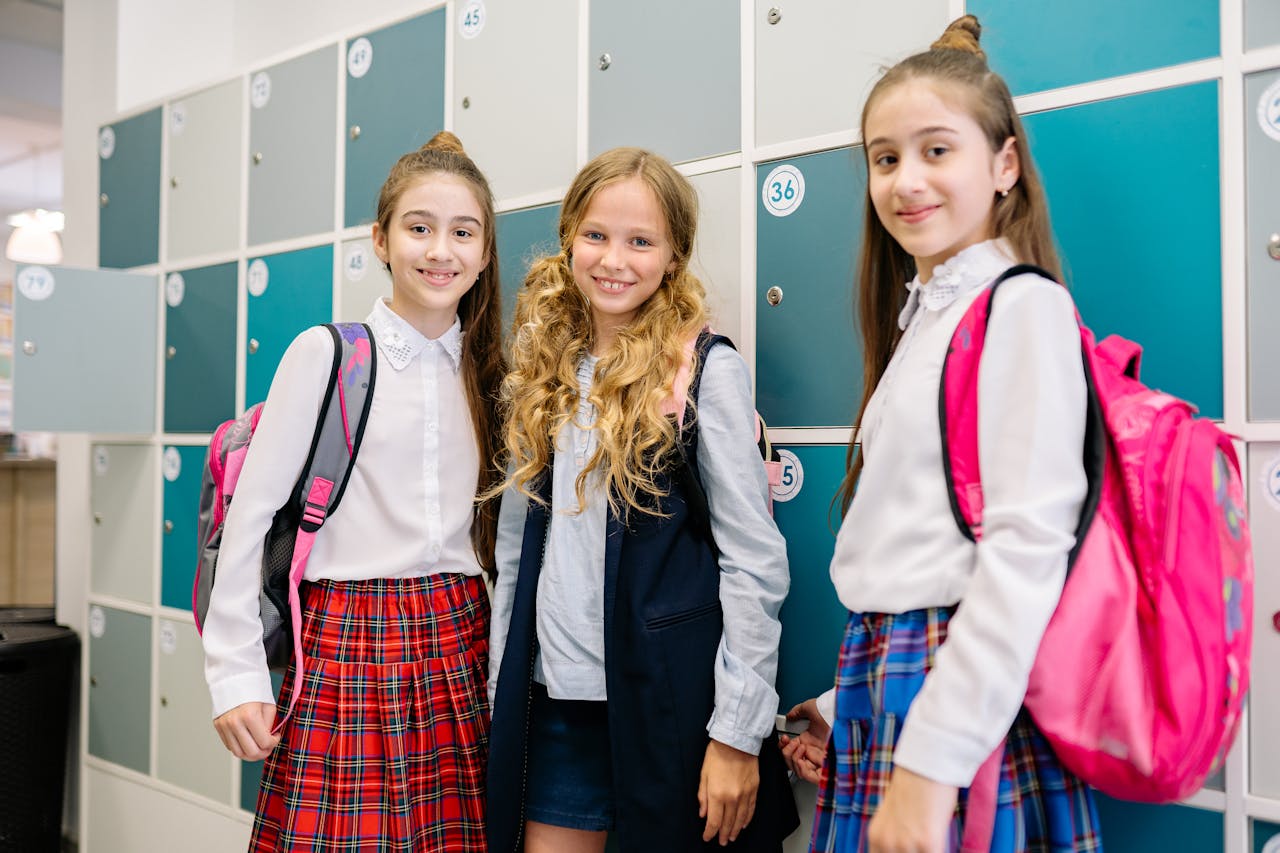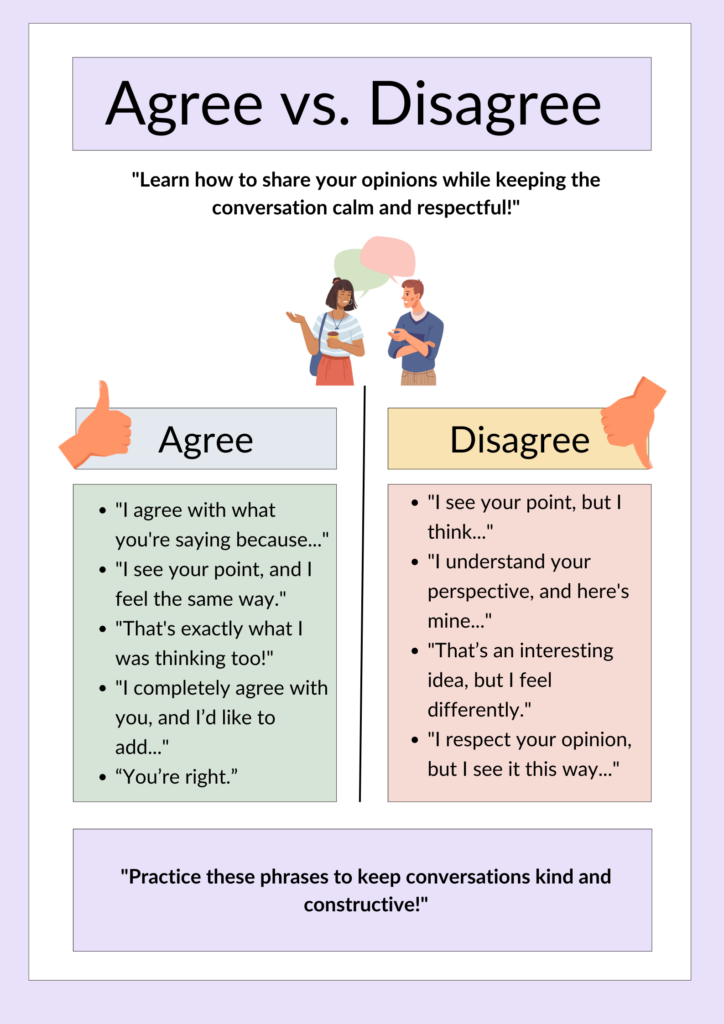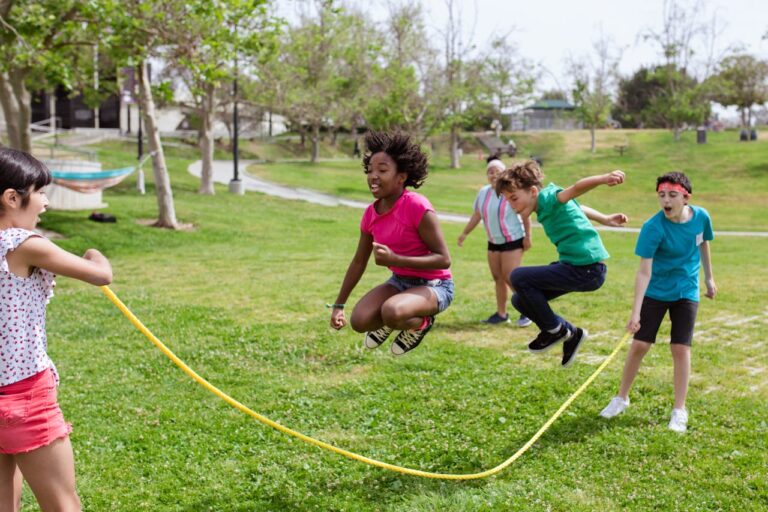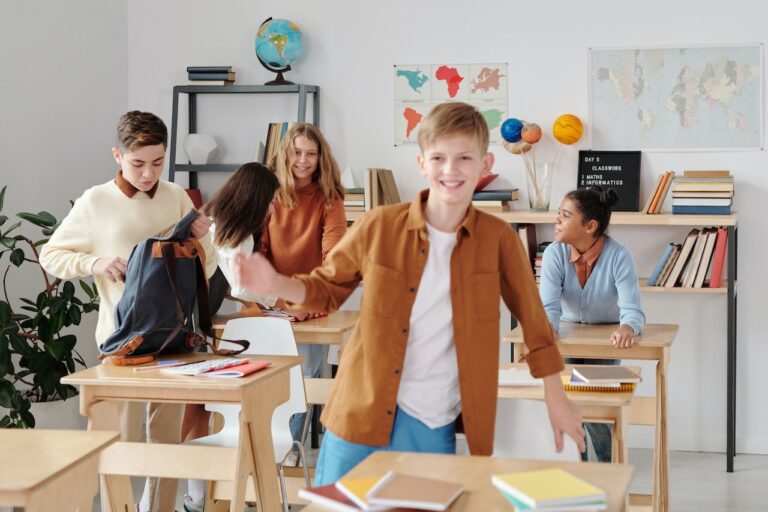Tools to Teaching the Art of Conversation To Students
The Art of Agreeing and Disagreeing Politely
Effective communication is a crucial skill for students, especially in middle school, where discussions and debates become a key part of learning. Teaching the art of conversation, specifically the art of agreeing and disagreeing politely, is essential for fostering respectful dialogue among peers.
By teaching the art of conversation, we ensure that students understand its importance in effective communication both inside and outside the classroom.
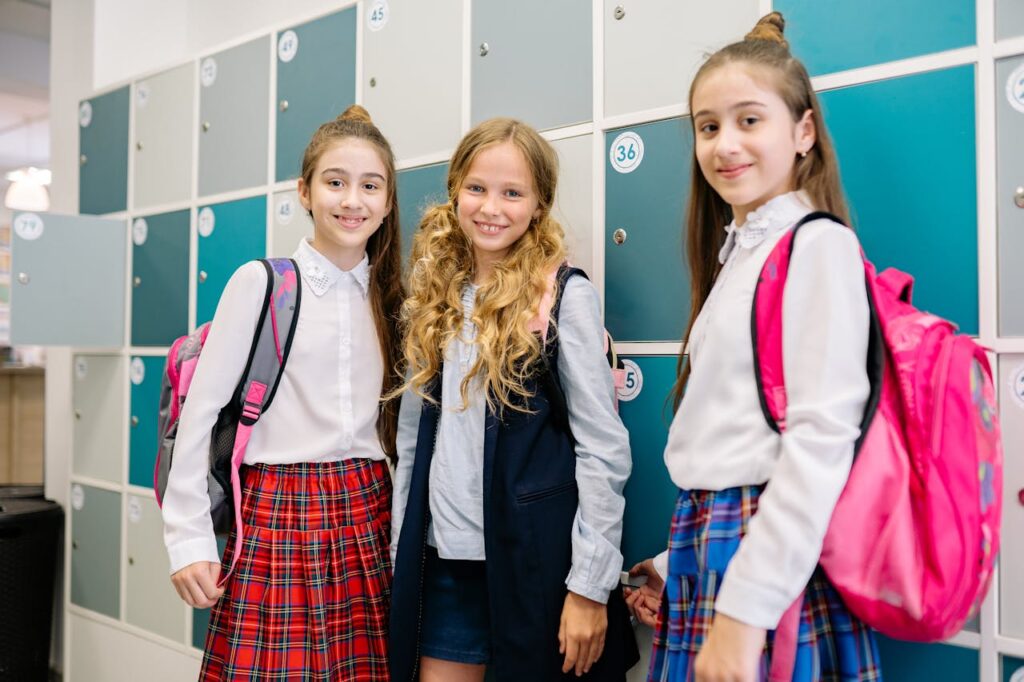
Teaching students how to agree or disagree politely helps them develop the art of conversation, ensuring they can express their thoughts while fostering respect and critical thinking in the classroom.
In addition, teaching the art of conversation allows students to build their confidence in expressing opinions and arguments, making it vital for their overall development. Through interactive activities focused on teaching the art of conversation, educators can engage students in meaningful dialogue that prepares them for future challenges.
Teaching the art of conversation can ultimately transform the classroom into a vibrant environment of mutual respect and understanding.Additionally, the art of conversation encourages students to appreciate diverse viewpoints, which enhances their ability to navigate complex social situations.
By teaching the art of conversation, educators empower students to navigate complex social interactions and express their viewpoints effectively.
Why Teach Polite Agreement and Disagreement?
The art of conversation includes practice in articulating thoughts clearly and understanding different perspectives.
Middle school students often have strong opinions, but expressing them constructively is a learned skill. Mastering the art of conversation through polite agreement and disagreement helps students to communicate effectively and build strong relationships.
Ultimately, teaching the art of conversation prepares students for success in both academic and social environments.
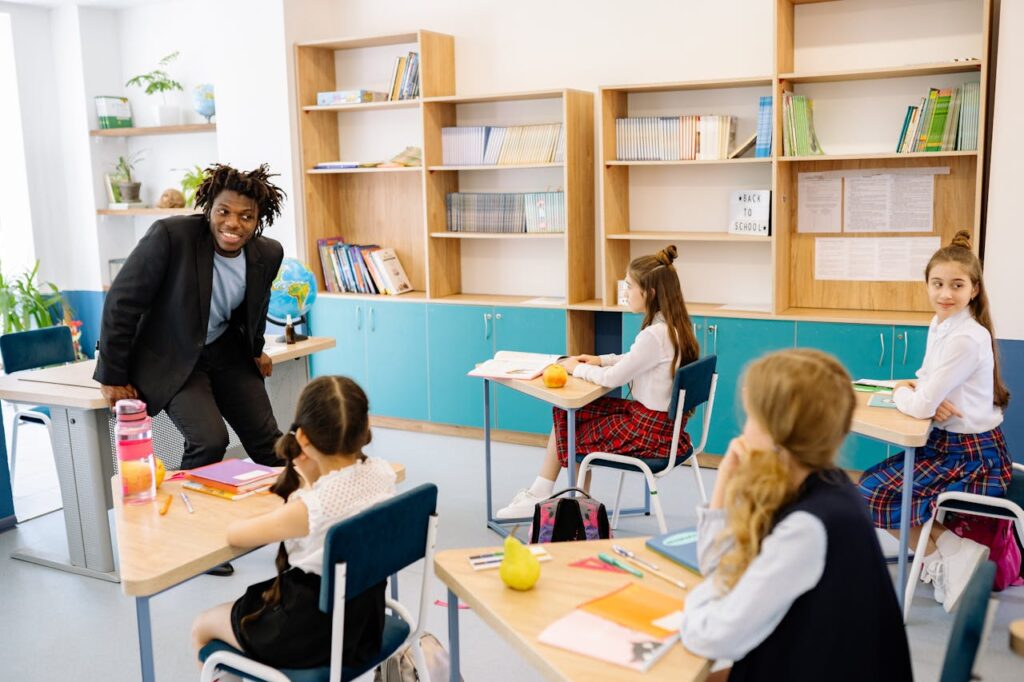
- Build confidence in sharing their perspectives
- Strengthen critical thinking and reasoning abilities
- Foster empathy and active listening
- Prevent misunderstandings and unnecessary conflicts
Utilizing tools like the Agree vs. Disagree poster enhances students’ grasp of the art of conversation, providing them with structured ways to engage meaningfully.
Using Our Agree vs. Disagree Poster to Teach Conversation Skills
A powerful tool for teaching these skills is our Agree vs. Disagree Poster, designed to provide students with key phrases and sentence starters to navigate conversations effectively in the classroom.
Benefits of Using Our Poster:
Through these activities, students learn not just to speak, but to listen, ensuring the art of conversation thrives in your classroom.
Strengthening students’ ability to engage in the art of conversation not only aids in academic success but also in their social development, as they learn to express their thoughts and feelings effectively.
✅ Provides Clear Sentence Starters – The poster includes structured phrases that help students communicate their thoughts, such as:
- “I see your point, and I fee the same way”
- “I respect your opinion, but I see it this way…”
- “I agree with what you are saying because…”
- “I understand your perspective, and here’s mine…”
A focus on teaching the art of conversation can lead to enhanced collaboration and teamwork skills among students.
✅ Encourages Thoughtful Class Discussions – Instead of abrupt disagreements, students learn how to build on ideas, ask insightful questions, and provide logical reasons for their opinions.
✅ Creates a Respectful Classroom Environment – When students have the right language to express themselves, discussions become more inclusive and productive.
✅ Enhances Social and Academic Skills – Whether in group projects, class discussions, or debate activities, students will be better prepared to engage in meaningful conversations.
Through interactive activities, students can explore the art of conversation, which is vital for their growth as communicators.
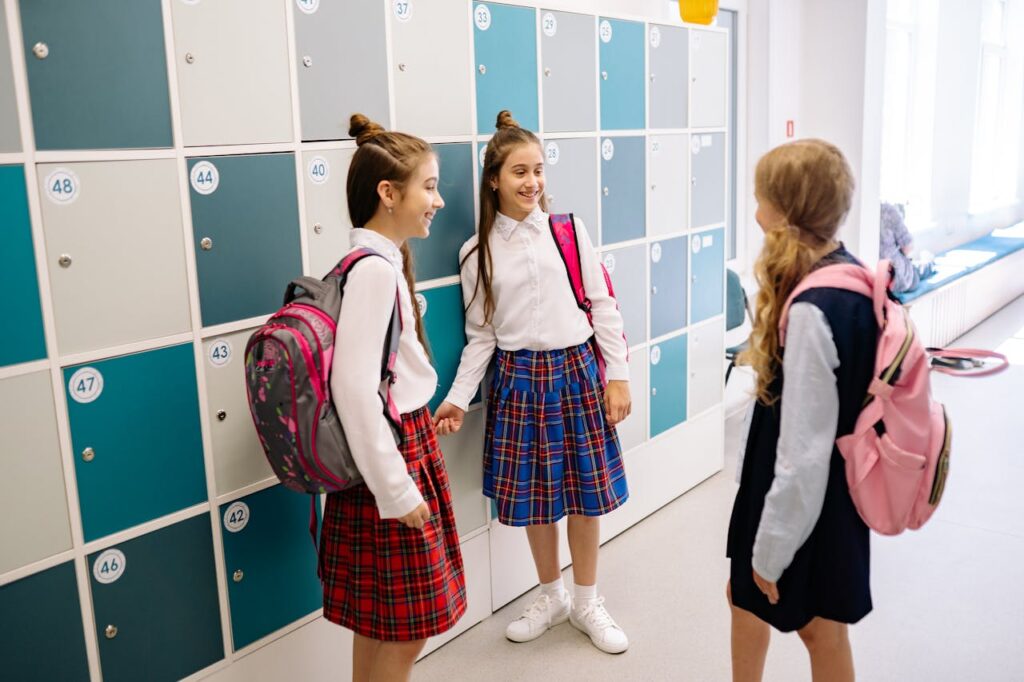
Incorporating activities that highlight the art of conversation also promotes a deeper understanding of interpersonal communication.
✅ Supports Visual Learning – With a clear, easy-to-reference design, the poster serves as a constant visual reminder, reinforcing conversation skills daily.
✅ Encourages Independence – Students can refer to the poster on their own, helping them build confidence in navigating discussions without teacher intervention.
By prioritizing the art of conversation in your curriculum, you cultivate an environment where respectful discourse becomes second nature for students, ultimately benefiting their personal and professional lives.
Classroom Activities to Reinforce the Art of Conversation
Creating a culture that values the art of conversation enriches the educational experience and prepares students for future interactions.
- Role-Playing Exercises – Assign students different perspectives and have them practice agreeing and disagreeing using the phrases from the poster.
- Debate Topics – Pick engaging topics (e.g., “Should students have homework?”) and encourage students to use polite conversation strategies while discussing.
- Literature Discussions – After reading a book, ask students whether they agree or disagree with a character’s decision and have them explain their reasoning.
- Socratic Seminars – Use the poster to guide students in structured discussions on various classroom topics, encouraging respectful dialogue.
As a result, students will be more equipped to tackle real-world challenges and engage in meaningful discussions.
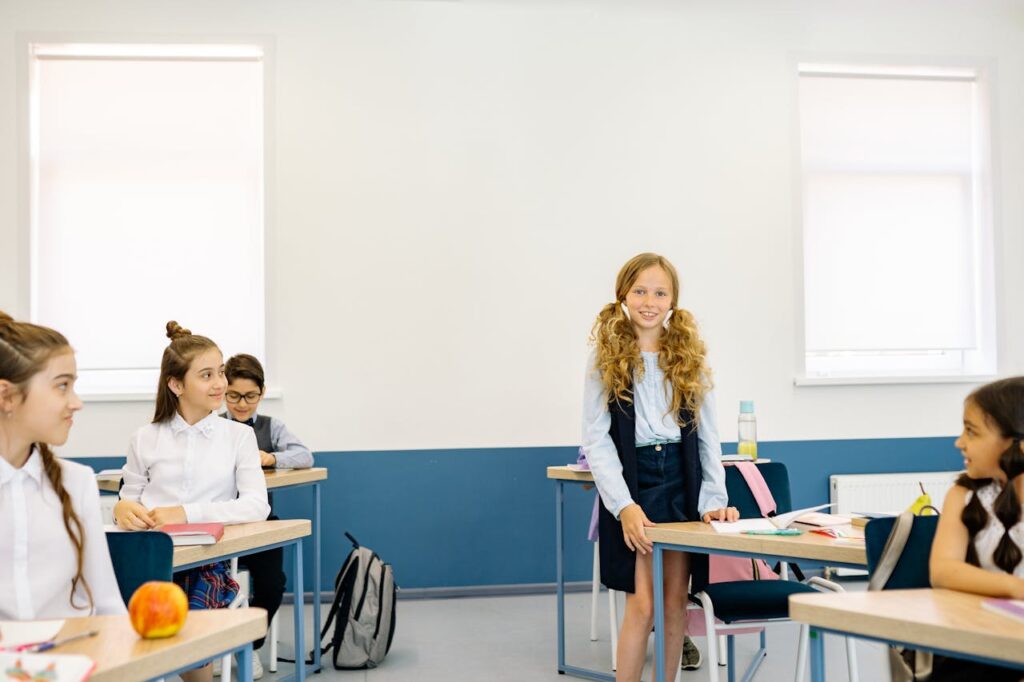
Grammarly and the Art of Communication
In conclusion, integrating the art of conversation into the curriculum is crucial for fostering a supportive learning atmosphere.
This blog contains affiliate links to highlighted websites and/or resources. By clicking on the link and making a purchase we may earn a small commission at no extra cost to you. Click here for full disclosure.
Grammarly is a powerful tool for helping with writing as a form of communication in the homeschool classroom, providing real-time feedback on grammar, spelling, and writing clarity. It helps students refine their written communication skills while allowing parents or educators to gauge their progress in areas like sentence structure and vocabulary.
By identifying specific areas for improvement, Grammarly supports a growth-focused approach to learning, empowering students to build confidence in their writing through constructive, personalized feedback.
Consider taking advantage of the benefits grammarly brings to teachers and students in looking to help with honest language development. Click here to get all the grammar help you will need.
Consider engaging students with projects that explore the art of conversation, encouraging them to think critically about their interactions.
Extra Resources to Explore the Art of Communication
Check out our resources to further explore the art of communication!
- Ice Breakers
- English Lanaguage Arts Teaching Resources
- Elementary ELA Worksheets
- Middle ELA Worksheets
- High School ELA Worksheets
- Mental Health Teaching Resources for Student Wellness
Fostering Feedback Through Conversation Starters
Creating a safe space for students to express their thoughts is essential when developing a feedback-rich classroom. Conversation starter cards are excellent tools for encouraging communication, reflection, and connection among students—especially before or after presentations.
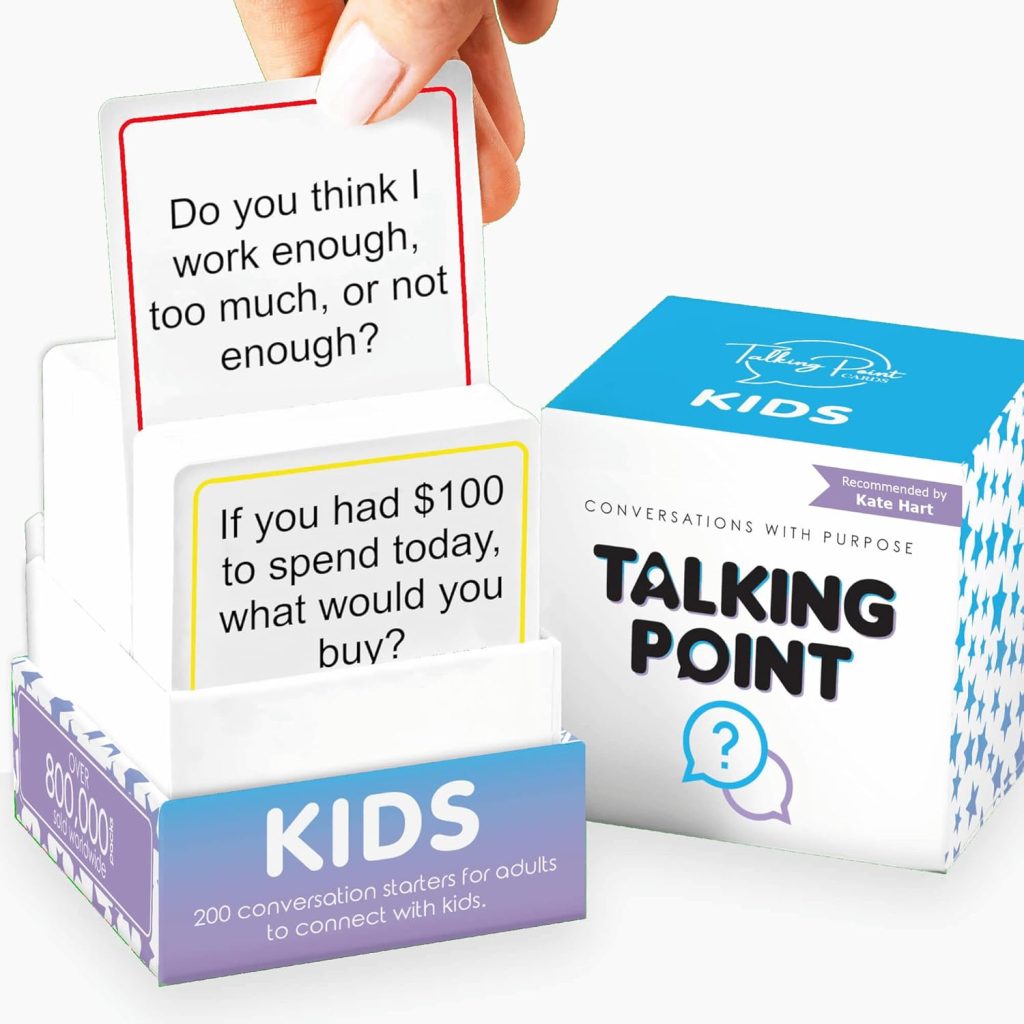
These resources help break the ice, reduce speaking anxiety, and promote thoughtful discussion, all of which enhance feedback readiness and social-emotional growth.
Click on the image below to check out this 200 kids conversation starter card set that helps adults connect with kids through talking and listening inside or outside the classroom.
Final Thoughts
Teaching students how to agree or disagree politely is an essential part of helping them master the art of conversation. By integrating our Agree vs. Disagree poster into middle school lessons, educators can equip students with the language and confidence to engage in respectful, thoughtful discussions that will benefit them academically and socially.

Get our Agree vs. Disagree poster today and transform your classroom into a space where every student’s voice is heard and respected!
Related Topics
Connect to our other pages as you navigate our website.
- Back to School Resources Teachers Will Love
- How Constructive Feedback Improves Student Learning
- ELA Oral Presentation Rubrics for the Classroom
- Effective English Language Resources for the Classroom
- Teaching Punctuation Rules in the ESL Classroom
- Step-By-Step Teaching Guide for the Writing Process
- How to Teach Compare and Contrast Essay Writing
- How to Teach Persuasive Essay Writing
- 4 Stages of Language Development in the Classroom
- Engaging Grammar Activities for Middle School Students
Join Us Today!
Join us today to learn more about how to incorporate these resources into your classroom and support the mental health of your students.
Share Your Thoughts
Let us hear your thoughts on our approaches to teaching students how to master the art of conversation inside and outside the classroom!
